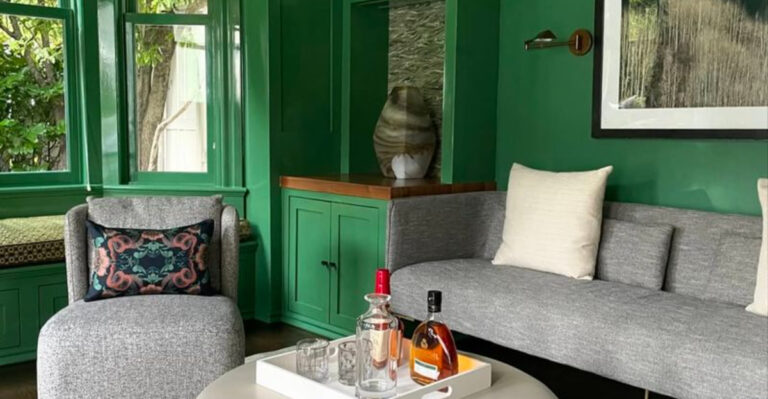The Art Of Renovating, According To A-List Designers
Celebrity designers have a way of making every renovation look effortless, but behind the glam is a lot of hard-earned wisdom. I’ve always been curious about what really sets their work apart, and it turns out, they’ve got golden rules they swear by.
These aren’t just fancy ideas for luxury homes either. They’ve seen what works, what fails fast, and where it actually pays to spend a little extra.
Whether you’re redoing a kitchen or tackling a full gut job, their advice can save you serious stress and money. Here are the renovation secrets the pros actually live by.
1. DO: Plan Your Budget Like A Pro
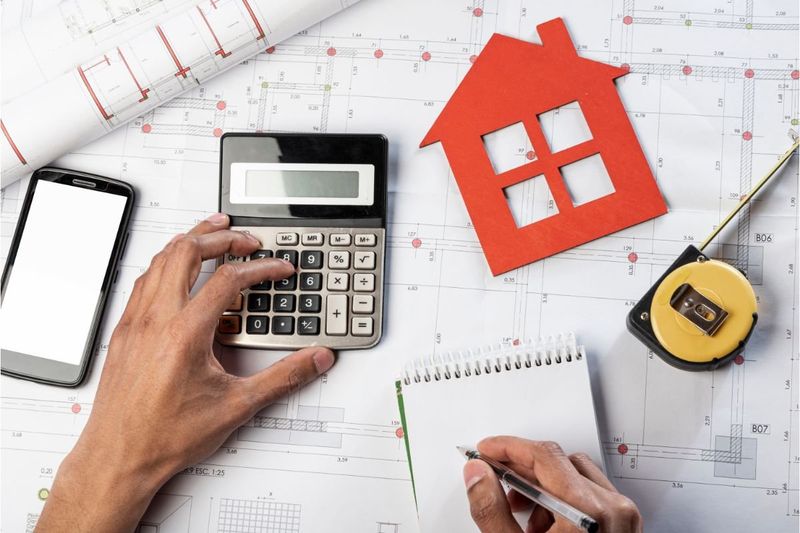
Smart designers always add 20% extra to their initial budget estimates. Unexpected problems pop up during every renovation project, from hidden water damage to outdated electrical systems that need upgrading.
Celebrity decorators recommend breaking your budget into categories: 30% for labor, 40% for materials, and 30% for the inevitable surprises. This approach prevents panic when contractors discover issues behind walls.
Having a cushion means you can make decisions calmly instead of scrambling for emergency funds.
2. DON’T: Rush Into Demolition
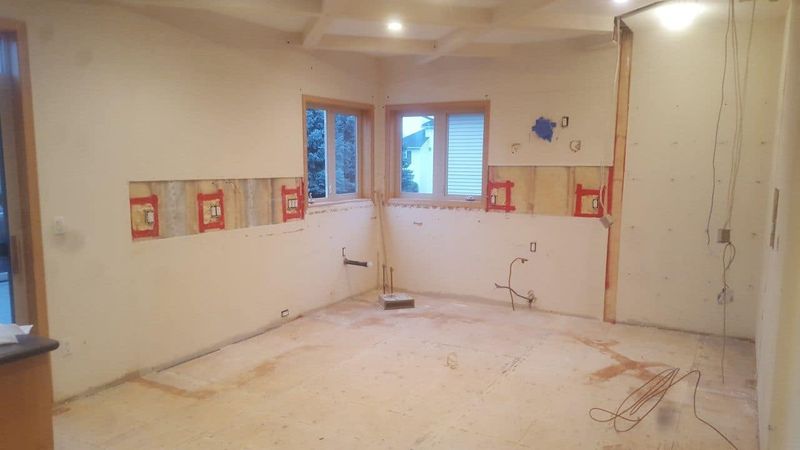
Eager renovators often grab sledgehammers before understanding what’s behind walls. Load-bearing walls require structural engineering before removal, and hitting electrical or plumbing lines creates expensive emergencies.
Smart designers map out all utilities and structural elements before any demolition begins. Sometimes walls contain asbestos or lead paint requiring special removal procedures.
Taking time to plan demolition prevents costly mistakes and keeps projects on schedule instead of dealing with unexpected repairs.
3. DO: Invest In Quality Where It Counts

Top designers know which splurges actually matter for long-term satisfaction. Kitchen appliances, bathroom fixtures, and flooring see daily use and should never be bargain-bin purchases.
A cheap faucet might save money upfront but will likely break within two years. Quality hardwood floors last decades while laminate starts peeling after heavy traffic.
Save money on decorative items like throw pillows and artwork, but invest heavily in anything structural or frequently used.
4. DON’T: Follow Every Trend
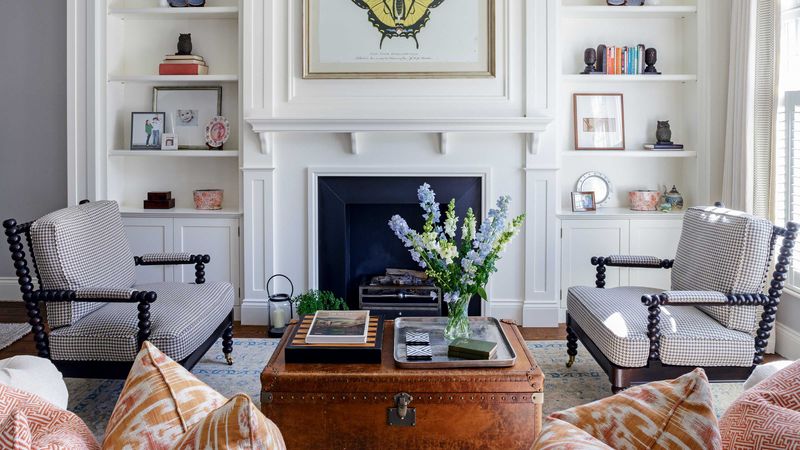
Trendy design elements become dated quickly, making homes feel old-fashioned within a few years. What’s popular on social media might not suit your lifestyle or climate.
Classic design principles create lasting appeal while trendy accessories can be changed easily. Neutral backgrounds with colorful accents allow flexibility as tastes evolve.
Celebrity designers choose timeless materials for permanent fixtures and express personality through artwork, textiles, and furniture that can be updated affordably.
5. DO: Create A Realistic Timeline
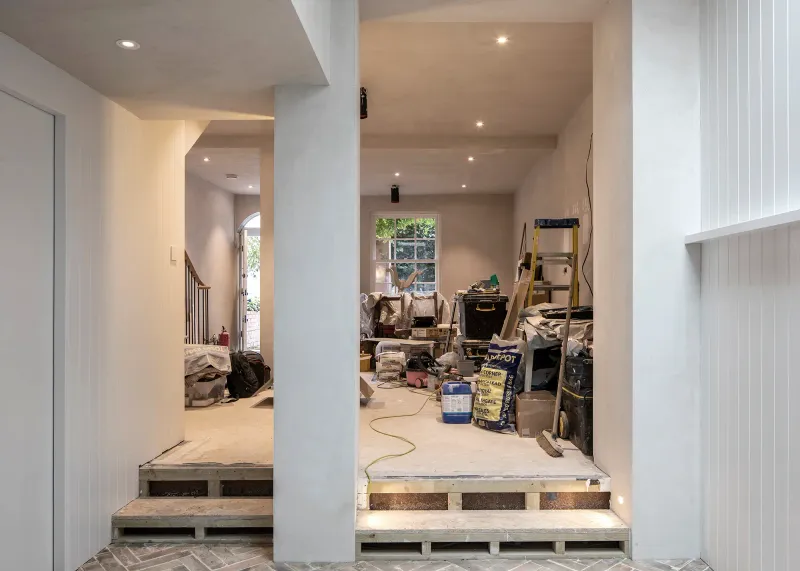
Famous designers always double their initial timeline estimates because renovation delays are guaranteed. Permit approvals take longer than expected, materials arrive damaged, and skilled workers get booked solid during busy seasons.
Building in buffer time prevents stress and allows for proper decision-making. Rushing through choices because of tight deadlines often leads to regrets later.
A well-planned timeline also helps coordinate different trades so plumbers and electricians aren’t tripping over each other.
6. DON’T: Ignore Building Codes
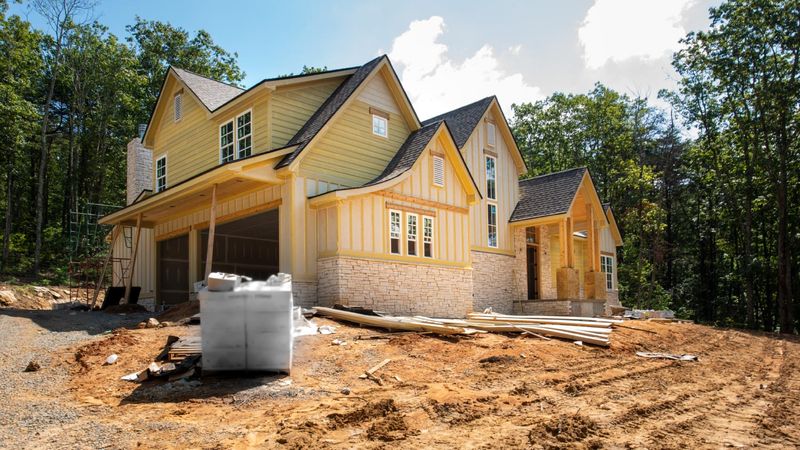
Building codes exist for safety reasons, and ignoring them creates legal and financial problems. Unpermitted work must be redone to pass inspections when selling homes.
Insurance companies may refuse claims for damage caused by code violations. Electrical and plumbing work especially needs proper permits and inspections.
Getting permits takes time and costs money upfront but prevents much larger expenses later. Professional contractors handle permitting as part of their services.
7. DO: Hire Licensed Professionals

Celebrity designers never cut corners on contractor credentials because unlicensed work can void insurance policies and create safety hazards.
Licensed professionals carry insurance, follow building codes, and stand behind their work with warranties. Checking references and reading online reviews takes time but prevents nightmare scenarios.
A cheap contractor who disappears mid-project costs far more than hiring qualified help initially. Licensed electricians and plumbers are especially crucial since mistakes can cause fires or flooding.
8. DON’T: Cheap Out On Installation
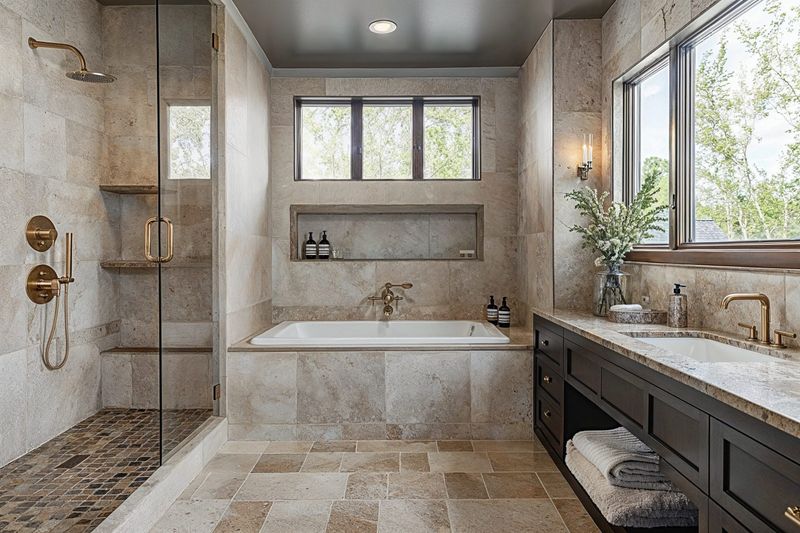
Beautiful materials look terrible when installed poorly, and fixing bad workmanship costs more than doing it right initially. Crooked tiles, uneven paint lines, and gaps around fixtures scream amateur work.
Skilled installation makes average materials look expensive while poor installation ruins even luxury products. Professional installers have proper tools and experience handling tricky situations.
Labor costs seem high compared to materials, but expertise prevents waste and ensures everything functions properly long-term.
9. DO: Think About Resale Value
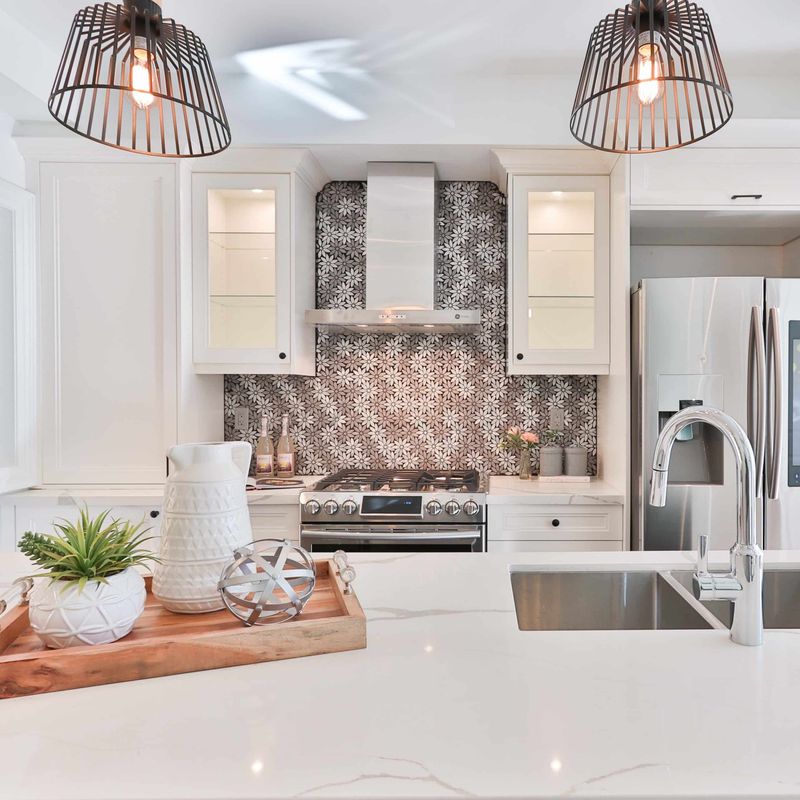
Smart renovators consider future buyers even when planning their dream home. Neutral paint colors and classic design choices appeal to more people than bold personal statements.
Kitchen and bathroom updates typically return 70-80% of their cost when selling. Adding a bedroom or bathroom increases home value more than luxury finishes in existing spaces.
Regional preferences matter too. Swimming pools add value in warm climates but might be seen as maintenance burdens in colder areas.
10. DON’T: Forget About Functionality
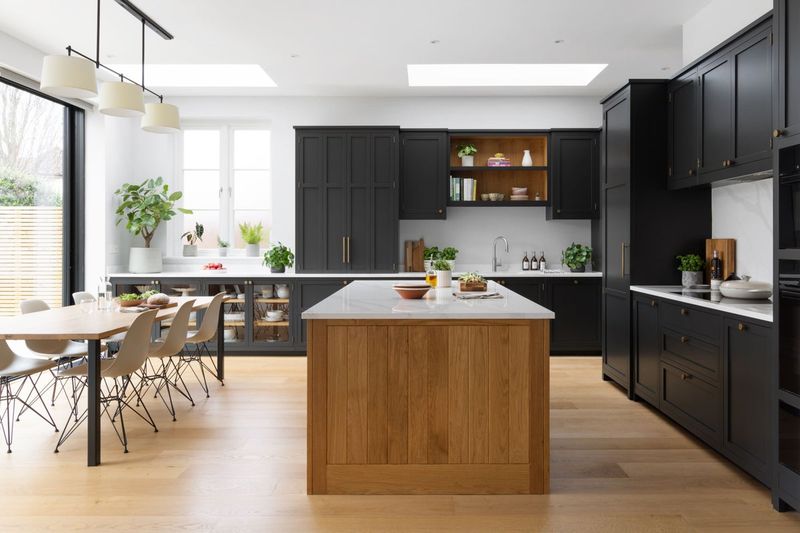
Instagram-worthy designs often sacrifice practicality for appearance, creating spaces that look great but work poorly. Kitchens need proper workflow between sink, stove, and refrigerator.
Bathroom vanities should provide adequate storage while maintaining comfortable clearances. Bedroom layouts must accommodate furniture and allow easy movement.
Living in beautiful but dysfunctional spaces becomes frustrating quickly. Form should follow function, especially in hardworking areas like kitchens and bathrooms.
11. DO: Focus On Natural Light
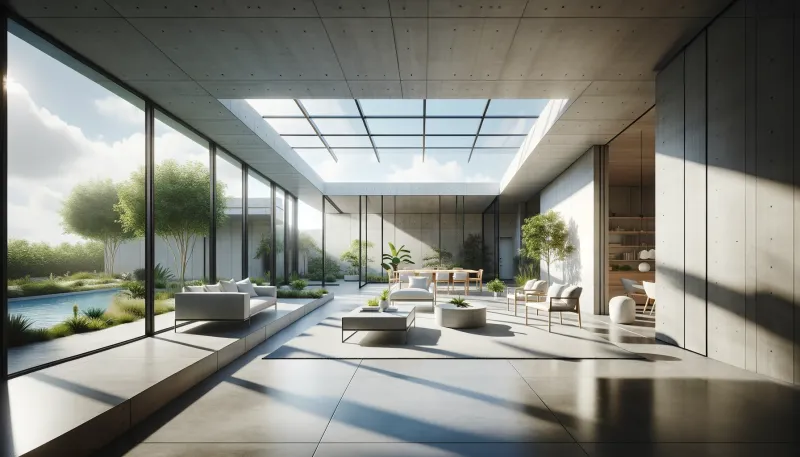
Top designers prioritize natural light because it makes spaces feel larger and more welcoming. Adding windows or enlarging existing ones transforms dark rooms into bright, cheerful areas.
Skylights work wonders in bathrooms and kitchens where privacy matters but light is essential. Glass doors connecting indoor and outdoor spaces create seamless flow.
Light-colored paint and mirrors amplify whatever natural light exists. Even small changes like removing heavy curtains can dramatically brighten a room.
12. DON’T: Overlook Ventilation
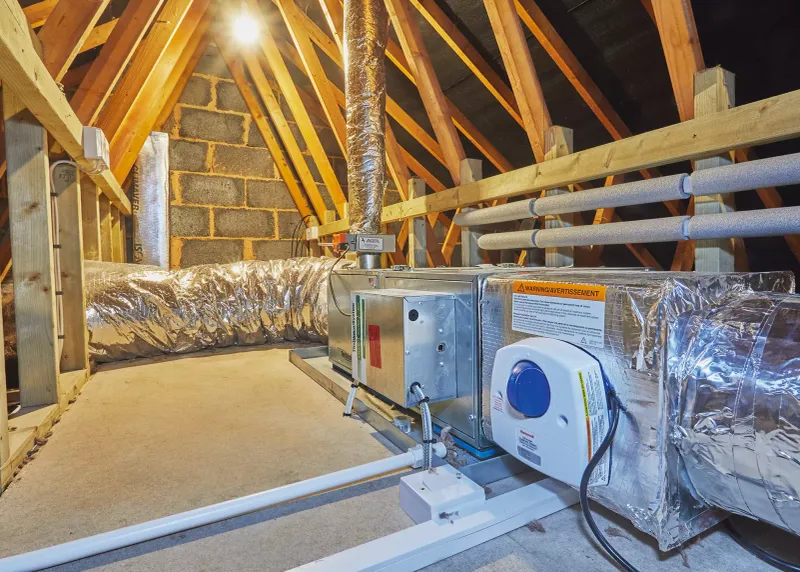
Proper ventilation prevents moisture damage that ruins renovation investments. Bathrooms without exhaust fans develop mold problems that spread throughout homes.
Kitchens need range hoods that actually remove cooking odors and grease instead of just circulating air. Basements require dehumidification to prevent musty smells and structural damage.
Ventilation systems work invisibly but protect health and preserve building materials. Skipping these systems leads to expensive problems later.
13. DO: Update Electrical And Plumbing First
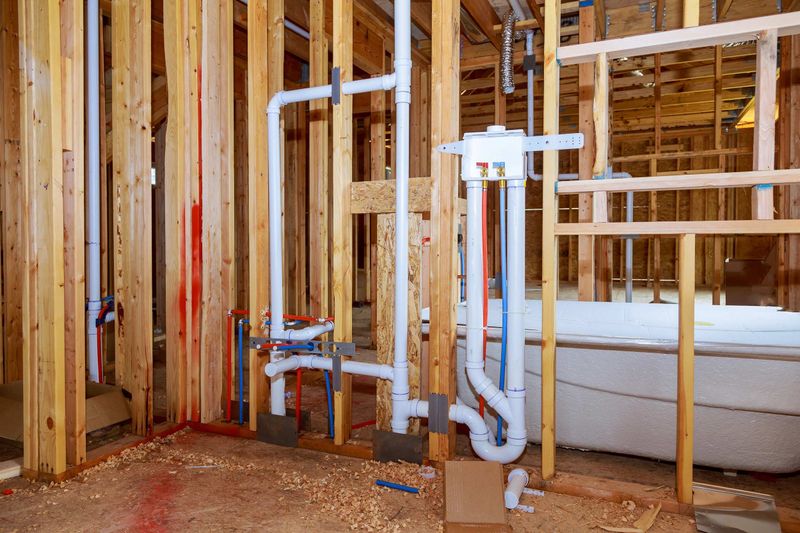
Celebrity designers tackle infrastructure before cosmetic improvements because accessing pipes and wires later means ripping out finished work. Modern electrical systems handle today’s technology demands safely.
Old galvanized pipes restrict water flow and eventually leak, causing expensive damage. Updating electrical panels prevents circuit overloads when running multiple appliances.
These hidden improvements might not look glamorous, but they prevent future headaches and ensure everything works properly once walls are closed up.
14. DON’T: Mix Too Many Styles
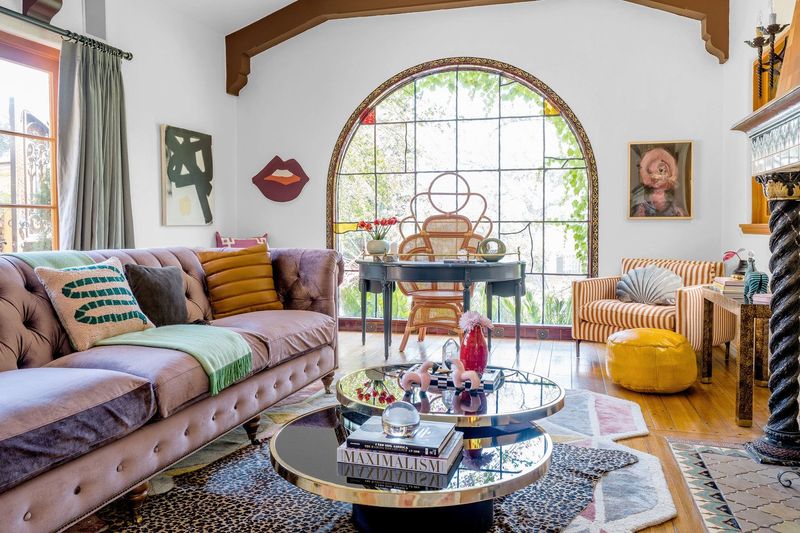
Combining multiple design styles creates visual chaos instead of interesting contrast. Modern furniture looks odd with traditional moldings, and rustic elements clash with contemporary finishes.
Successful designers choose one primary style and add subtle elements from others. Consistency in color palette and materials helps different pieces work together.
Too much variety makes spaces feel like furniture showrooms rather than cohesive homes. Better to master one style than poorly execute several.
15. DO: Choose Durable Materials
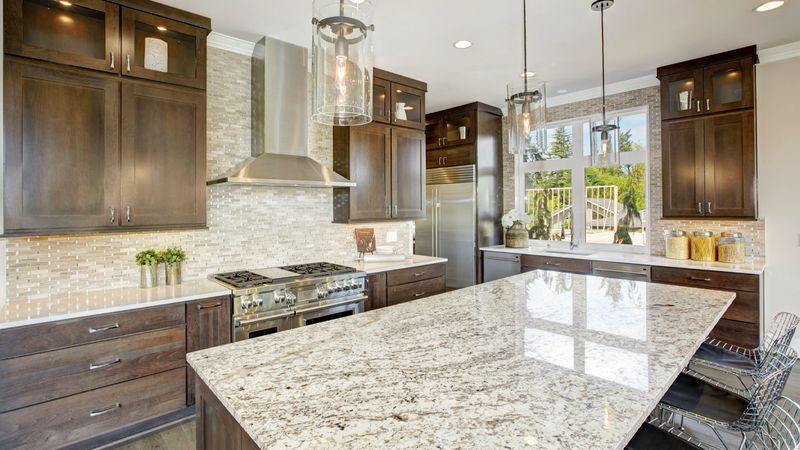
Experienced designers select materials that withstand daily wear because replacing cheap options costs more long-term. Solid wood cabinets last decades while particle board starts sagging within years.
Natural stone countertops resist scratches and heat better than synthetic alternatives. Quality ceramic tiles maintain their appearance through heavy foot traffic.
Durable doesn’t always mean expensive. Some affordable options like luxury vinyl plank flooring perform excellently with proper installation and regular maintenance.
16. DON’T: Forget Scale And Proportion
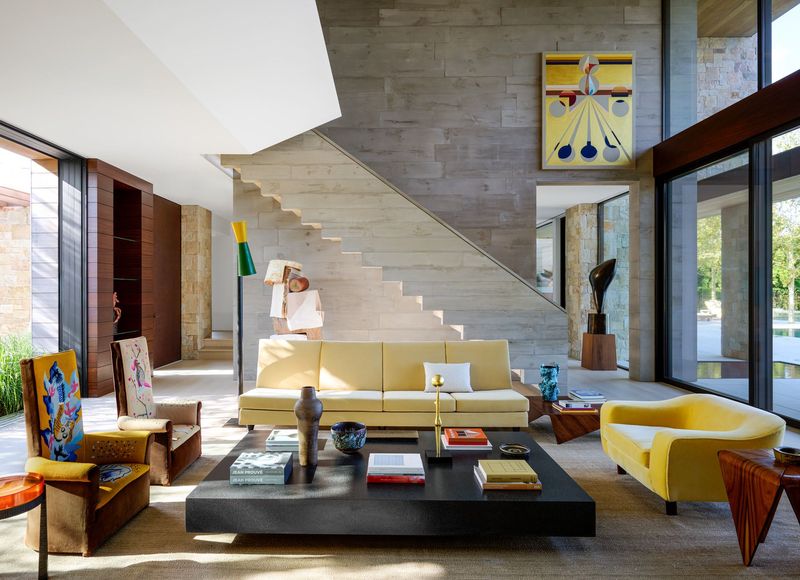
Furniture and fixtures must match room dimensions to look proportional. Tiny furniture makes large rooms feel empty while oversized pieces overwhelm small spaces.
Light fixtures especially need proper scaling. Chandeliers should be sized according to room dimensions, not personal preferences. Kitchen islands must allow adequate walkway clearances.
Measuring everything before purchasing prevents expensive mistakes. Professional designers use floor plans to ensure proper proportions before buying anything.
17. DO: Plan Storage Solutions

Smart designers build storage into every renovation because clutter ruins even beautiful spaces. Custom closets, built-in shelving, and hidden storage compartments keep belongings organized.
Kitchen pantries, bathroom vanities, and bedroom wardrobes should maximize vertical space. Pull-out drawers make deep cabinets more accessible than fixed shelves.
Storage solutions tailored to specific needs work better than generic options. Consider what you actually own before designing spaces to hold everything properly.
18. DON’T: Neglect Lighting Design
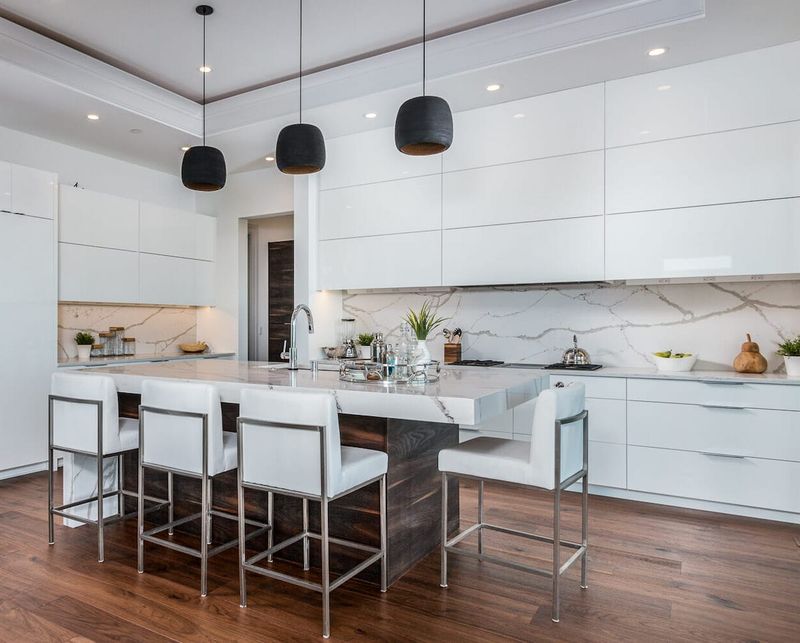
Single overhead lights create harsh shadows and make rooms feel institutional. Layered lighting with ambient, task, and accent sources creates warm, inviting atmospheres.
Kitchens need under-cabinet lighting for food preparation while living rooms benefit from multiple lamp sources. Dimmer switches allow adjusting brightness for different activities.
Lighting affects how colors appear and how comfortable spaces feel. Professional lighting design transforms ordinary rooms into welcoming environments.
19. DO: Test Paint Colors First
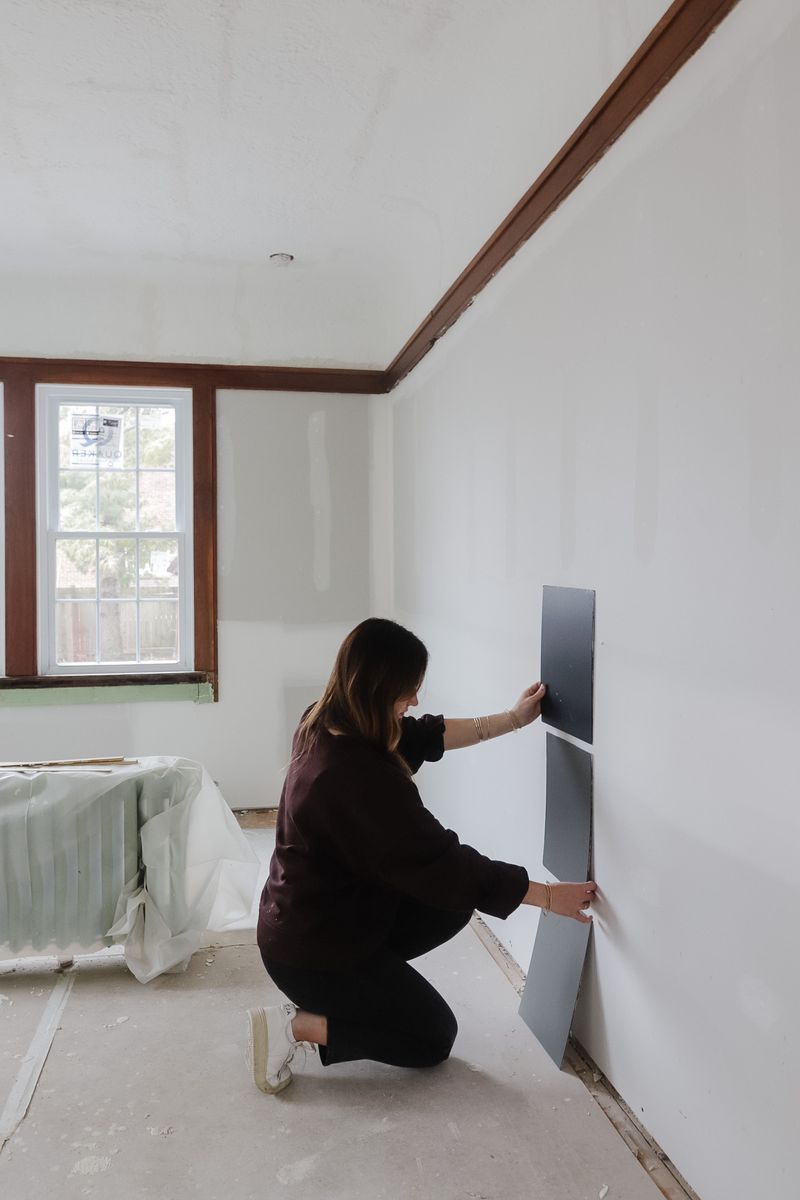
Professional designers always test paint colors in actual room conditions because lighting dramatically affects appearance. Colors look completely different under fluorescent bulbs versus natural sunlight.
Paint large sample squares on different walls and observe them throughout the day. Morning light, afternoon sun, and evening artificial lighting each reveal different undertones.
What looks perfect in the store might appear too bright, too dark, or completely wrong once applied to entire walls.
20. DON’T: Renovate Everything At Once
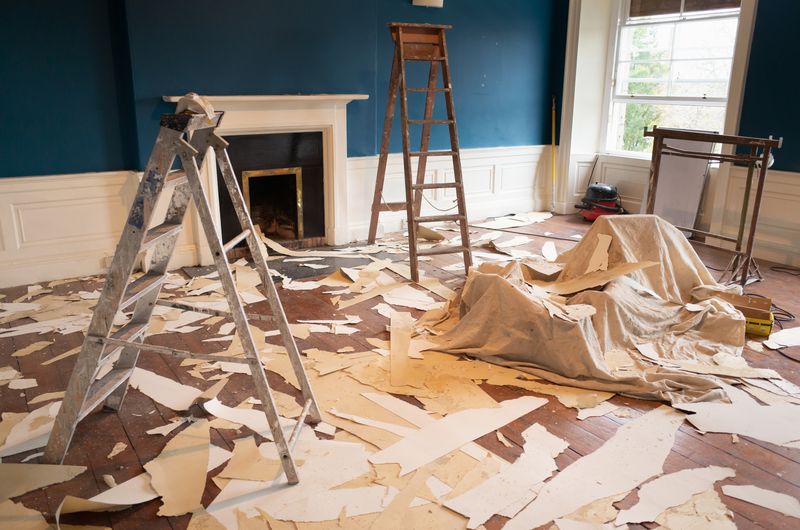
Tackling entire homes simultaneously creates living nightmares and budget disasters. Coordinating multiple contractors becomes impossible when every room needs attention.
Phased renovations allow families to maintain some normalcy while work progresses. Completing one area before starting another provides sense of accomplishment and reveals lessons for subsequent phases.
Sequential renovation also spreads costs over time instead of requiring huge upfront investments. Most families can’t afford whole-house renovations without financing.



